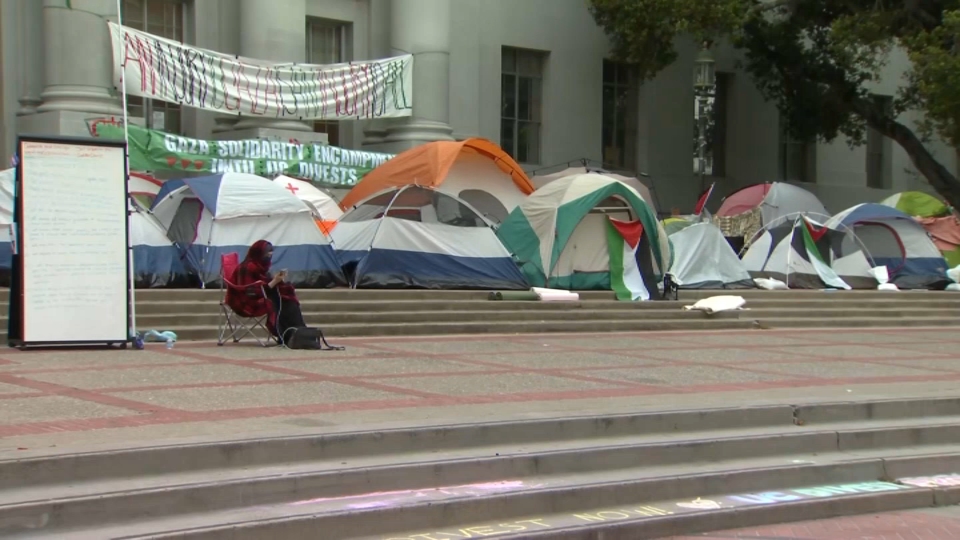San Francisco Friends School has an unusual seismic story that starts with an historic old building.
"It was built to house Levi Strauss' blue jean assembly plant back in 1906," says Paul Galvin, the school's director of finance and operations.
Before Friends School moved into the building, it had to do a massive retrofit.
"We completely gutted the entire building," says Galvin. "[We] basically put the entire building, 82,000 square feet, on stilts and lifted it up off of its then foundation."
Everything inside the old building is basically new.
"You see a lot of steel everywhere," says Galvin. "You’ll see these huge steel I-beams that are holding up the building, in addition to the original foundation, and preparing it to withstand an earthquake."
That's an earthquake no one wants to experience but experts know is coming.
Local
"It's a matter of time," says structural engineer Simin Naaseh, CEO of Forell/Elsesser Engineers. "It may not happen tomorrow, it may happen the next day or 15 years from now, but we know that it will happen."
As part of San Francisco's ongoing effort to reduce risk, the city has put into place the first law of its kind in California: Private schools have to evaluate seismic safety.
"At first people are a little shocked that this isn't already required," says Patrick Otellini, the chief resilience officer of San Francisco.
Public schools have been regulated since the early 1930s, but private schools have not. Otellini says a city survey reveals parents incorrectly presume all schools are held to the same earthquake standards.
"They assume because their kids were in private school and they were writing that check every month that of course it must meet the same standards as the public schools, and that's just not the case," he says.
That doesn’t mean private schools are dangerous. They're supposed to adhere to building codes. A city report shows 43 percent of private school buildings are likely to perform well in earthquakes. But 33 percent might perform poorly. And for 24 percent, there just isn't enough information.
"I think a good first step is evaluating the buildings and assessing the nature of the risk and the magnitude of the risk. And that's what this ordinance is trying to do," says structural engineer Naaseh.
There are an estimated 113 private schools in San Francisco, many in older buildings. Schools occupy a movie theater, a Victorian mansion, and a former mayonnaise factory - a wide variety of campuses facing the same deadline: They have two years to complete the earthquake review.
"Schools are going to do these evaluations and they're probably not going to want to sit on them," says Chief Resilience Officer Otellini.
That's exactly what happened at the Archdiocese of San Francisco, which operates more private schools than any other school group, 34 total.
"We got a call one day that an engineer had identified one of the sites as being an immediate risk based on the configuration of the building and the initial review," says David Finn, the Archdiocese project manager for seismic evaluation.
The classroom was a kindergarten located on the bottom floor of a building used for other parish purposes. It is permanently closed.
"The school was closed by the end of the day," says Finn. "That particular site and the children were moved."
The Archdiocese evaluated all its schools ahead of the deadline. It's not the only private school entity already correcting deficiencies. The fixes are voluntary - schools are not required to retrofit. The law doesn't go that far.
"To come up with a uniform standard, a way to retrofit this, it's not fair because some schools would be very cheap to retrofit and others might be very expensive," says Chief Resilience Officer Otellini.
But experts say if the law spurs action, it's an important first step.
"Putting our head in the sand and ignoring the risk isn't going to help us," says structural engineer Naaseh. "But knowing what our vulnerabilities are and addressing them and mitigating them, will help."
Private schools file their seismic evaluations at the Department of Building Inspection, and the reports are public information.



